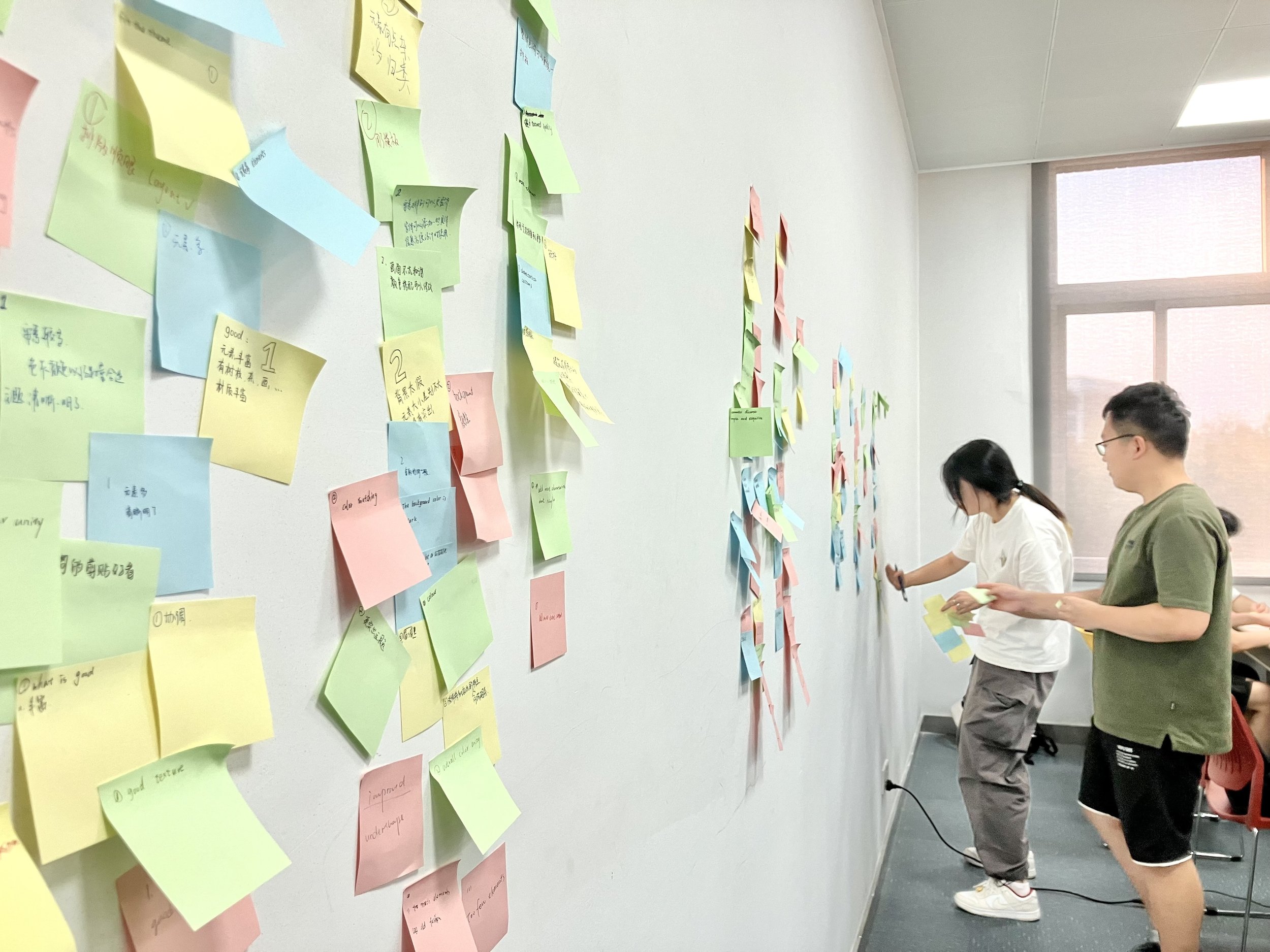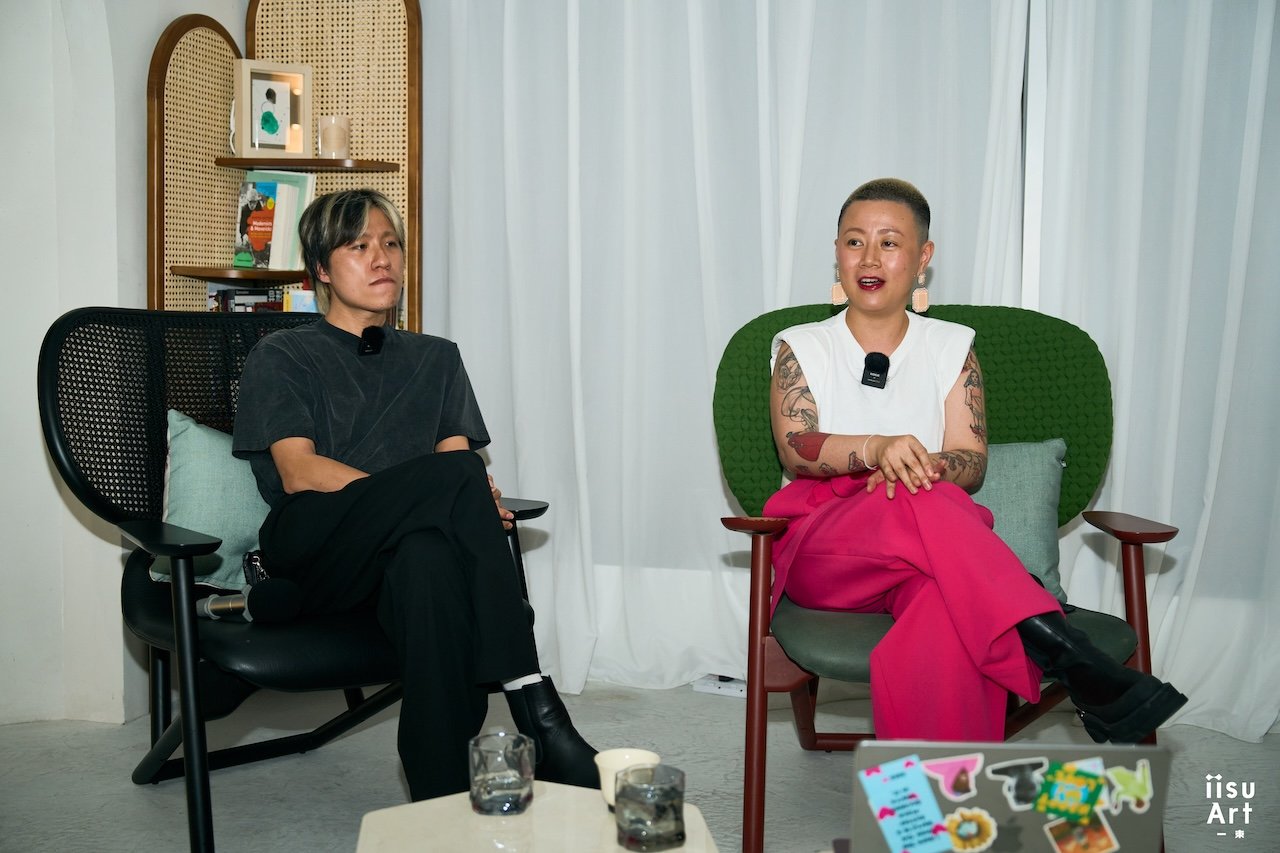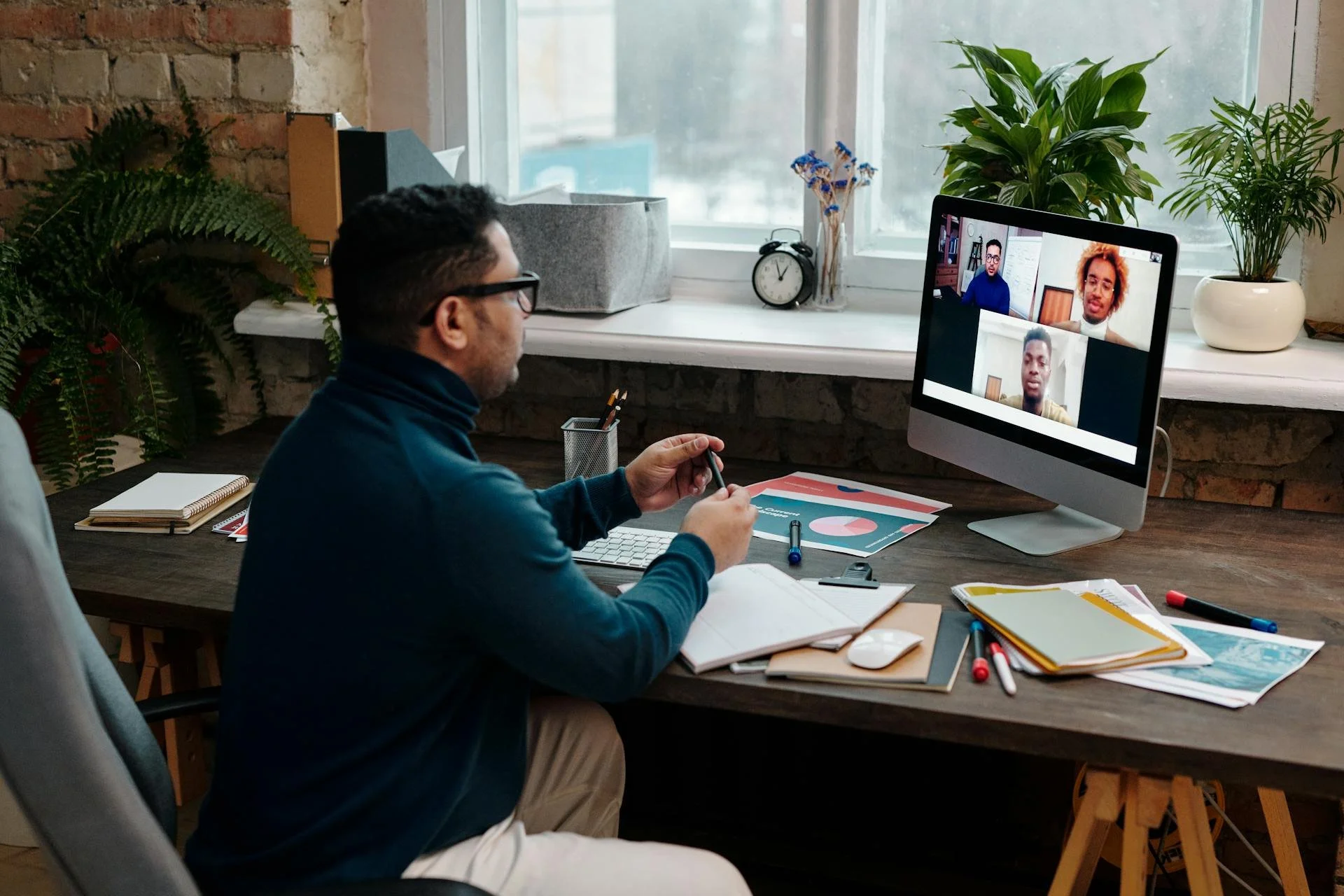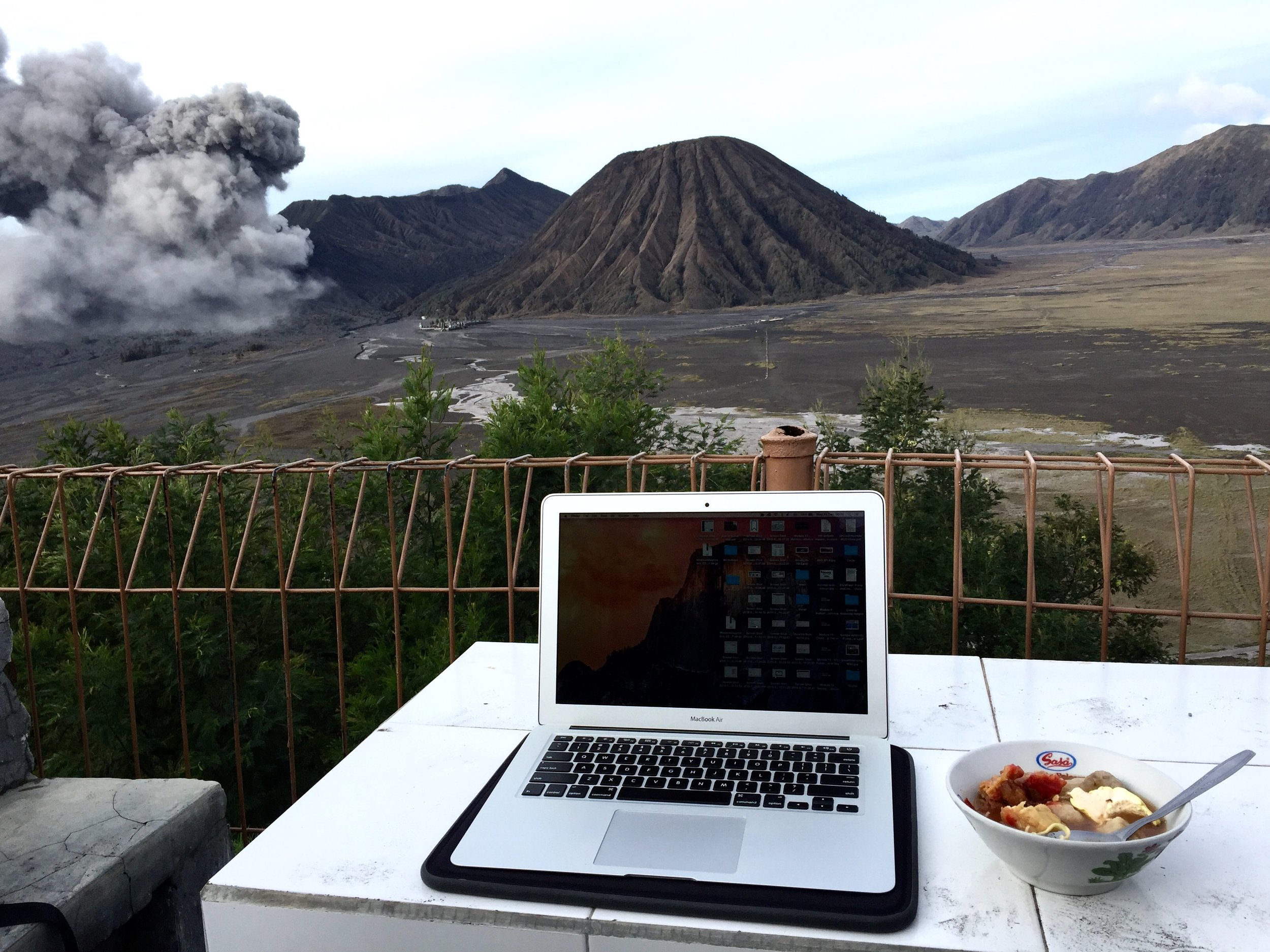
Can Artificial Intelligence Be Creative?
There are certain instances that challenge the position that novelty is a necessary requirement for creativity. For example, the concept of natural selection, proposed by Charles Darwin, is viewed as a creative breakthrough in the field of biology, despite Alfred Russel Wallace independently arriving at a similar theory. Isaac Newton's discovery of calculus is still considered creative although it was preceded by Leibniz.

Design Thinking: Good, Bad or..
In the summer of 2016, I stumbled into the world of co-working quite by accident. At the time I was looking for a workspace and agreed to help them with a business growth plan in return for a place to work. After a month, when I presented my findings and ideas, I realised that my recommendations were worthless without the knowledge and expertise how to execute the findings and ideas.

AI and the Myopia Trap.
First coined by Theodore Levitt in the 1960’s, marketing myopia happens when companies define their business exclusively in terms of the products or services they offer, rather than understanding and fulfilling the underlying user needs. Nokia, Kodak, BlackBerry among others have fallen into the myopia trap, fixating solely on their specific category and not on the bigger picture. But how does AI relate to this?

Creative Myth 2: Children Are More Creative Than Adults.
“Children are more creative than adults” was part of a survey Mattias Benedek and his team conducted in 2021. They looked into creative myths and almost seventy percent of the respondents believed this claim to be true. So why do so many believe this and what is the evidence that small children aren’t very creative?

Creative Myth 1: Brainstorming In Groups Generates More Ideas Than If People Were Thinking Alone.
Known misconceptions about creativity cover all aspects including its definition, the creative process, characteristics of creative people, and how to foster creative performance. One prevalent myth is that group brainstorming is more effective than individual ideation.

The future of work: A New Space of Creative Work That Crosses Boundaries.
In the past, artistic expression was confined to designated categories. Music was composed for specific instruments, cooking was done with particular ingredients, paintings were created on canvas, and literature was written in specific genres. With the acceleration of new technical developments, globalisation and cross-cultural influences, the boundaries between these categories are becoming increasingly ambiguous. New forms of creative expression are emerging that defy traditional categorisation. This poses the question: What is the space for new creative work that crosses boundaries?

My Case for Critiquing At The Workplace.
In the world of art, critiquing plays a central role in framing the art, in facilitating meaningful discourse about the purpose and value of artistic expression. Simultaneously there is a group of artists and specialists who question the value and purpose of critical analysis and critiquing art. Some of them assert that art needs to be appreciated for its subjective qualities, without the bearing of art critics and their opinions.

The Forgotten Art in the Workplace.
Similar to wine, art requires appreciation. Having a bottle of wine present at a dinner party is only the start of a great experience. Opening it carefully, savouring the different textures, identifying the various notes, and then engaging in a discussion together all contribute to the culture of wine appreciation. Just like a truly exceptional wine is delicious, stimulating, and capable of shifting perspectives, art possesses comparable qualities.

Risk: The dilemma of creativity
Risk taking. It’s a gut-wrenching journey that demands a great deal from the person going through it. But if you ask almost anyone in the industry, in retrospect, most will agree that the rewards are significant and truly worthy of the effort.

The Decay Of Information: Actions For A Knowledgeable Future
Information, according to Arbesman, has a predictable half-life as well: the time taken for half of it to be replaced or disproved. Over time, one group of information replaces another. As we gain more information and a better understanding of the world, we discover more as well. Sometimes new findings contradict what we thought we knew, sometimes nuances about old things and sometimes we discover a whole domain that we did not know about.

What Do Grey Rhinos, Black Swans And Art Have In common?
A Black Swan is a metaphor for an extremely rare event that is unforeseen and has an enormous impact. Economist and former trader Nassim Taleb thought of it in 2001. Black Swan events include the dissolution of the Soviet Union, the September 11, 2001 terrorist attacks, and Hong Kong’s social unrest in 2019.

The Zoom fatigue myth.
JPMorgan CEO Jamie Dimon, American Airlines CEO Doug Parker, Microsoft CEO Satya Nadella. A few leaders who have been outspoken about how awful Zoom meetings are. What if they are all wrong?

6 Habits You Need To Thrive in a Rapidly Changing World.
I was a professional nomad even before founding theDesk, a co-working space in Asia. I’ve spent half of my life in Europe, the other half in Asia. I’ve commuted between cities and worked with people from all over the world. Flexibility and freedom of movement, it all sounds wonderful, but how do you cope with permanent change? Over the years this nomadic way of living has shaped my habits and who I am today. Let’s see what they are.